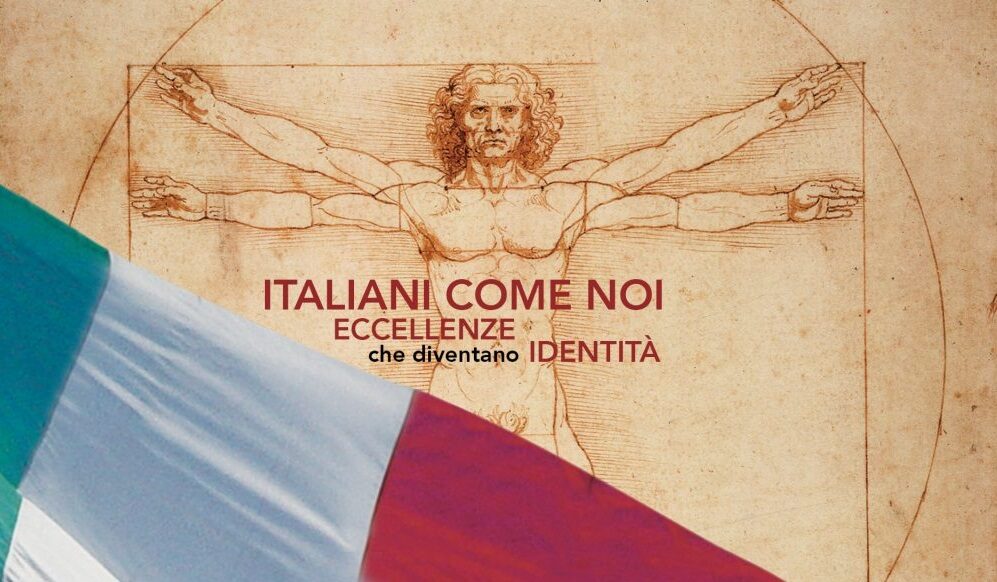Dalle Vie Romane alla prima autostrada del mondo
I romani furono il popolo che diede i maggiori contributi al sistema stradale e alle sue tecniche di realizzazione. La rete viaria romana, nel periodo della massima espansione raggiunse complessivamente i 100.000 Km, ripartiti in 29 strade che ricoprivano tutti i territori imperiali. Forse per celebrare questo antico primato di realizzatori di strade che gli italiani, alle soglie del Novecento, ne hanno segnato un altro: è italiana la prima autostrada del mondo, la Milano- Laghi del 1925 ideata dall’ingegnere Piero Puricelli. A questa fecero subito seguito altre due: la Genova-Serravalle del 1926 e la Napoli-Pompei del 1927. Furono quindi le autostrade italiane a fare da modello all’americana Los Angeles-Pasadena e alle Autobahn tedesche.
From Roman Roads to the first autonomous world
The Romans were the people who made the most contributions to the road system and its techniques of realization. In its period of maximum expansion, the Roman road network reached 100,000 km, divided into 29 roads covering all the imperial territories. Perhaps to celebrate this ancient primacy of road makers that the Italians, at the turn of the twentieth century, have marked another: The first motorway in the world is Italian, the Milano-Laghi of 1925, designed by the engineer Piero Puricelli. This was followed by two others: the Genoa-Serravalle of 1926 and Naples-Pompeii of 1927. The same Italian motorways to influence the American model, the Los Angeles-Pasadena and the German Autobahn

